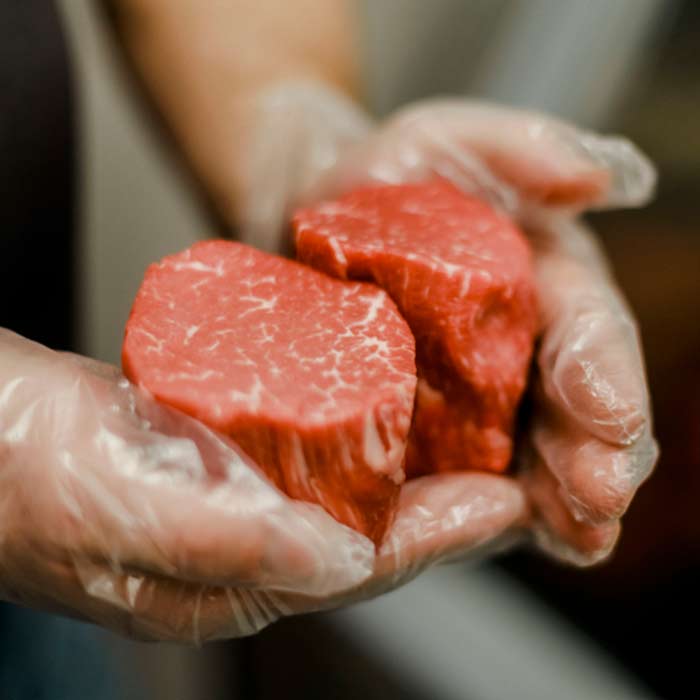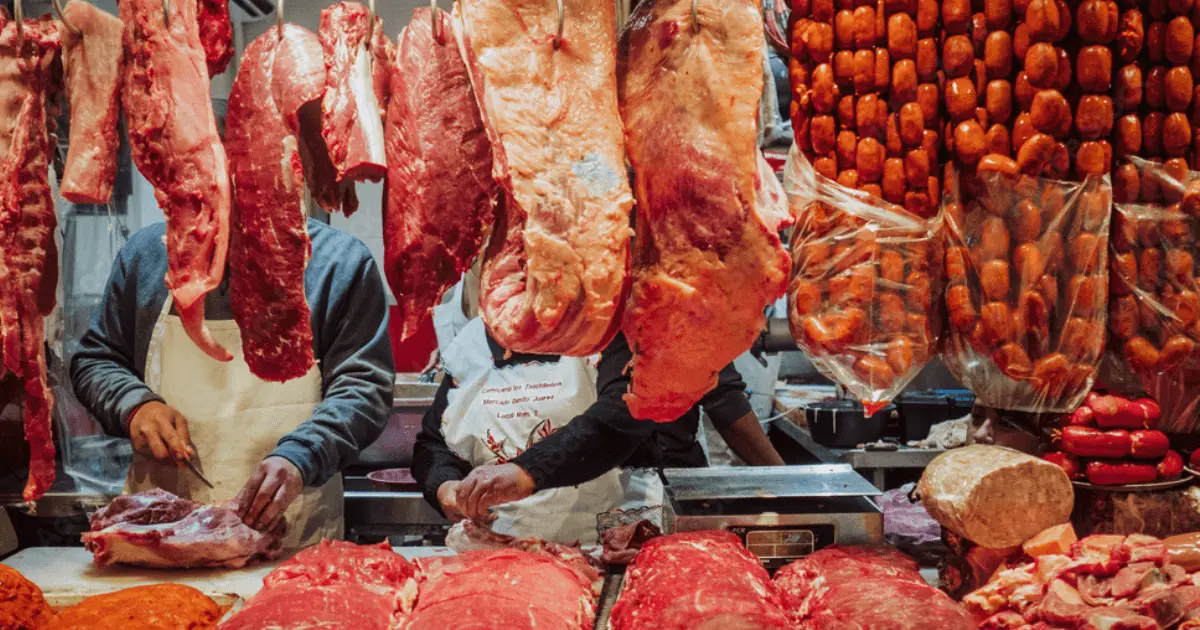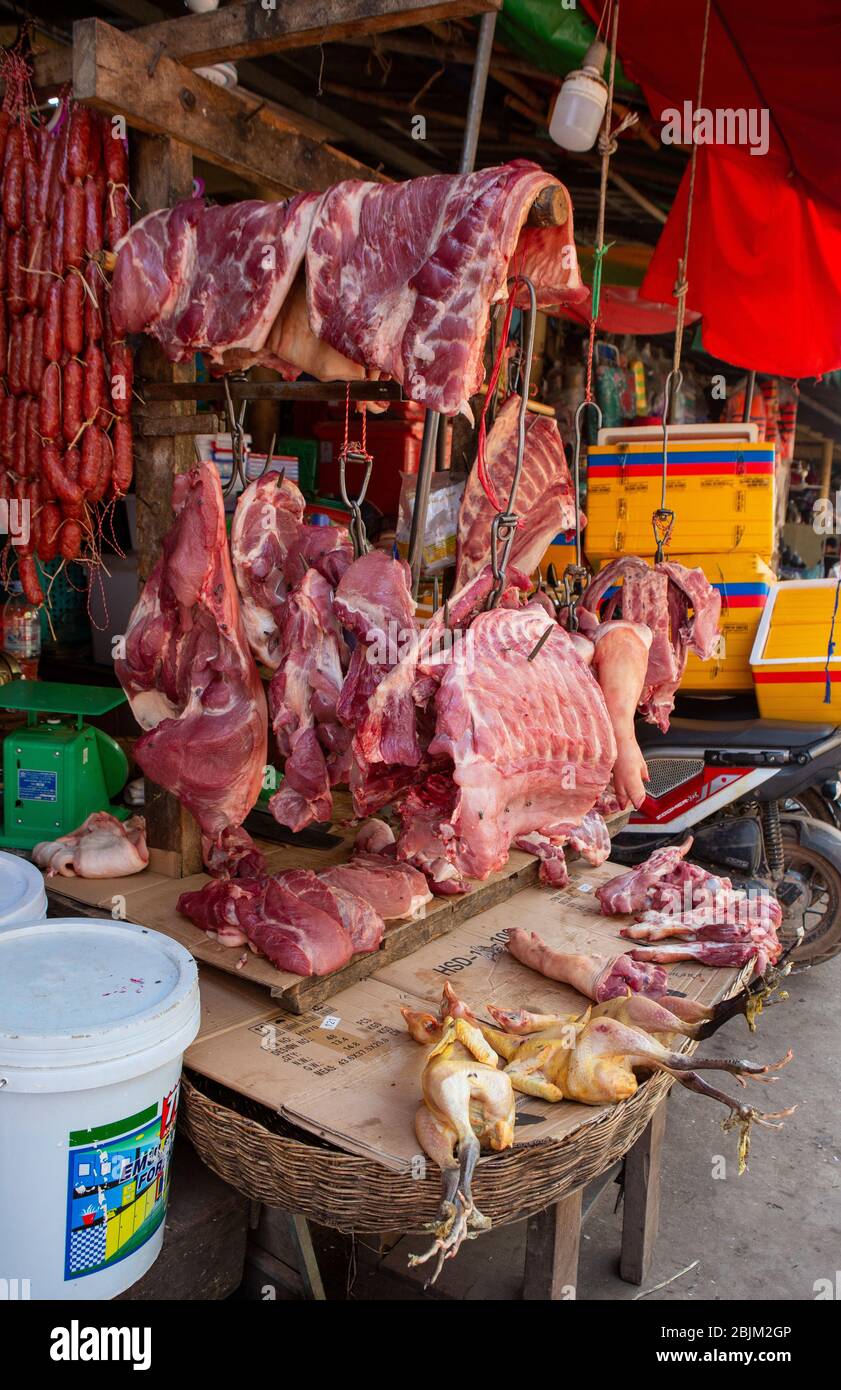Quality cuts at Bagley Meat Market Edwardsville IL for every recipe.
Quality cuts at Bagley Meat Market Edwardsville IL for every recipe.
Blog Article
How to Pick the Perfect Cut of Meat From a Trusted Meat Market
Choosing the optimal cut of meat from a relied on meat market requires a thoughtful strategy that balances quality, culinary purpose, and budget. Comprehending the various kinds of meat and their respective cuts is essential, as is involving with your butcher to obtain understandings right into sourcing and prep work. Observing features such as color, structure, and marbling can additionally assist your decision. As you take into consideration these variables, it comes to be clear that the nuances of your selection could considerably affect the outcome of your dish, motivating a deeper exploration of the standards that absolutely issue.
Understanding Meat Cuts


As an example, the tenderloin is valued for its buttery texture and minimal connective cells, making it ideal for fast food preparation techniques such as cooking or pan-searing. On the other hand, tougher cuts like the brisket or shank take advantage of sluggish food preparation strategies to break down collagen, generating abundant and delicious outcomes.
Additionally, the fat material of a cut plays a critical duty in flavor account and wetness retention during food preparation. Cuts with greater fat web content, such as ribeye, provide a more robust taste, while leaner alternatives, like sirloin, might require careful prep work to stay clear of dryness (bagley meat market edwardsville il). Understanding these nuances enables for educated choices that boost cooking productions, making sure that each recipe showcases the most effective top qualities of the picked meat
Aspects to Think About
When picking the perfect cut of meat, a number of vital elements come right into play that can significantly influence the last dish. Think about the kind of meat you want-- beef, pork, lamb, or chicken-- as each deals one-of-a-kind flavors and appearances. The certain cut within that category is similarly essential; as an example, ribeye delivers rich marbling, while tenderloin supplies a lean, buttery texture.
One more element is the food preparation technique you prepare to use. Cuts suitable for barbecuing, such as T-bones or sirloins, differ from those much better fit for sluggish food preparation, like chuck roasts or shanks. Additionally, quality is paramount; constantly choose meat with a lively shade and firm appearance, signaling high quality and proper handling.
Moreover, consider the resource of the meat. A relied on meat market frequently supplies in your area sourced, hormone-free, and grass-fed alternatives, which can improve flavor and dietary value. Lastly, your budget will certainly direct your choice. Costs cuts may use phenomenal taste, but there are also economical alternatives that, when prepared properly, can yield scrumptious results. Balancing these factors will assist you select the best cut for your cooking needs.
Inquiries to Ask Your Butcher
A butcher's competence can be very useful when choosing the suitable cut of meat for your cooking endeavors. Begin by inquiring regarding the resource of the meat.
Next, inquire about the different cuts offered for the kind of meat you favor. A well-informed butcher will certainly describe the nuances of each cut, helping you select one that matches your food preparation approach and desired outcome. Don't wait to ask about the ideal cooking techniques for a particular cut; butchers usually have ideas that can improve your recipe.
It's also sensible to ask about the meat's freshness. A good butcher will certainly be excited to share their proficiency and suggest cuts that will Recommended Reading delight your palate. Involving your butcher with these inquiries can substantially boost your meat option experience.
Identifying Quality Meat

Structure is an additional vital element; top quality meat need to feel solid and slightly resilient to the touch. Avoid any type of cuts that feel slimy or exceedingly dry, as these can suggest perishing or improper storage. In addition, smell plays an important function; fresh meat needs to have a clean, neutral aroma, while any kind of repulsive or sour odors are warnings.
Last but not least, think about the resource. Getting from a reliable meat market, where the meat's origin is understood, can make sure better criteria. By concentrating on these indications-- color, marbling, texture, scent, and resource-- you can with confidence select click for more cuts that will raise your food preparation and dining experience.
Food Preparation Approaches for each and every Cut
Picking the right cooking technique is vital for making best use of the taste and inflammation of each cut of meat. Different cuts possess one-of-a-kind qualities that determine the most ideal cooking strategies.
For tender cuts, such as filet mignon or ribeye, dry heat approaches like grilling, broiling, or pan-searing are optimal. On the other hand, harder cuts, such as chuck or brisket, benefit from moist warmth methods, consisting of braising or slow food preparation.
Pork chops and poultry busts are functional and can be prepared utilizing both dry and wet methods. While cooking or roasting can generate scrumptious results, poaching or sautéing can keep moisture and tenderness. For lamb, methods like roasting or braising are suggested, as they match the meat's durable flavor.

Final Thought
To conclude, choosing the optimal cut of meat from a trustworthy meat market requires an extensive understanding of meat cuts and consideration of various factors, consisting of source, quality, and food preparation techniques. Engaging with the butcher with targeted inquiries can yield important understandings and referrals customized to particular culinary demands. Focusing on both quality and spending plan will enhance the total gastronomic experience, making certain that the chosen cut fulfills assumptions in both taste and preparation.
Report this page